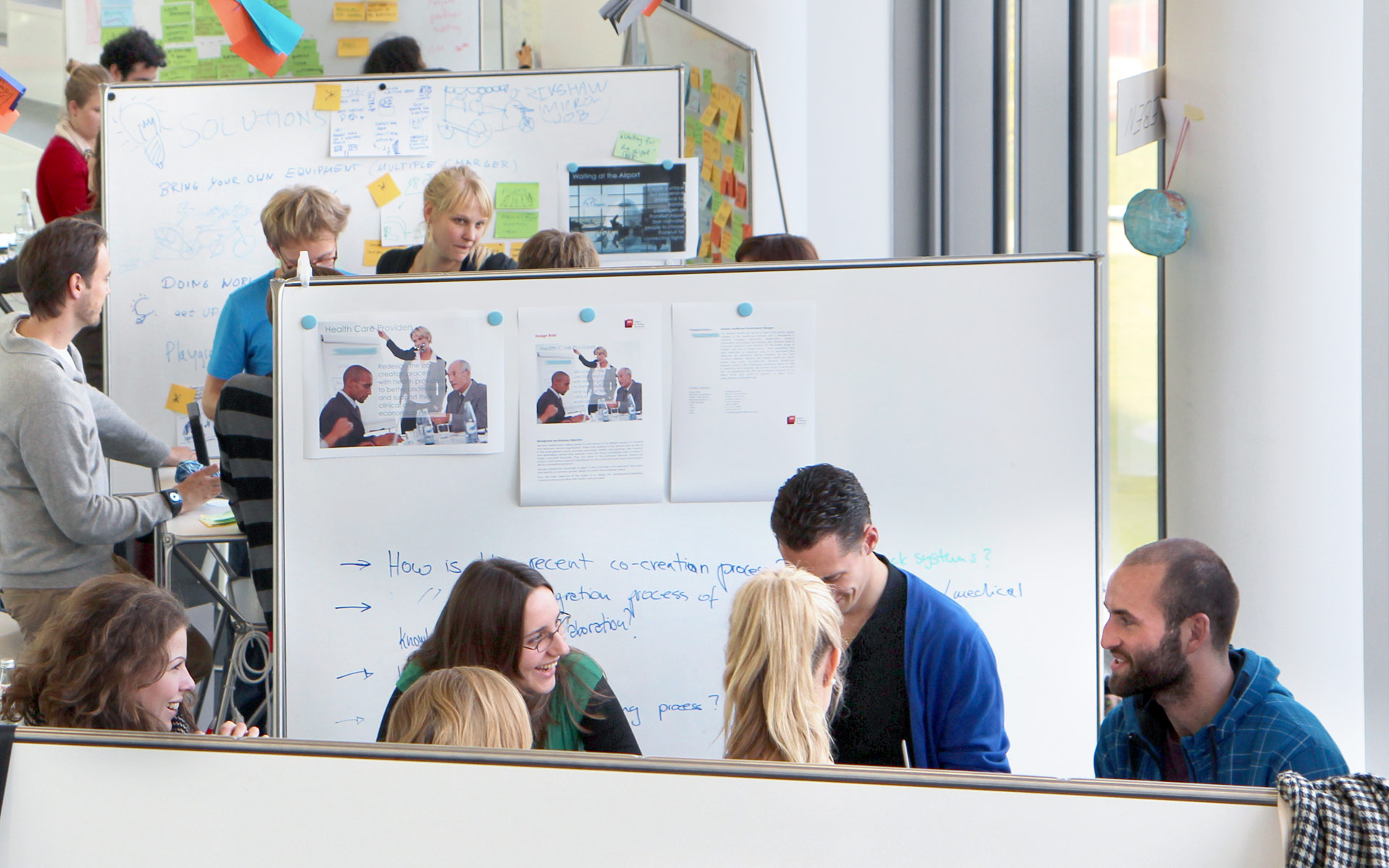PI: Allan L. Reiss
Abstract
Team collaboration is an essential component of design thinking methodology for innovation. The primary aim for next year’s research is to continue our one-of-a-kind studies of brain-to-brain synchrony that occurs during design-team collaboration. Based on results of this work, we will move closer to formulating a new brain-based model that informs the creation of successful and innovative design teams. In order to accomplish this goal, we will build upon our highly successful work to date, focusing on characteristics of teams – history of design training, team composition and size – and, for the first time, determine if neurofeedback training can increase brain-to-brain synchrony in teams (and thus, collaboration and innovation) in design thinking paradigms. By creating and implementing a brain-to-brain synchrony model of team collaboration, we will provide critical, scientific evidence that supports best practices for radical collaboration, impact of teams during an innovation event and the effect of creativity/design thinking training on team development and interactivity, as well as suggest ways to improve the impact of such collaborations. We will use fNIRS, an ultra-portable neuroimaging modality, to measure brain activity during a collaborative problem-solving event to ascertain the impact and value creation of team collaboration. Key objectives include:
[1] Complete analysis of data from naïve and d.school trained designers who completed a joint design task. Submit and publish manuscript.
[2] Investigate the effect of diversity among teams (including sexcomposition) on quality and quantity of design thinking through its effect on brain-based coherence.
[3] Investigate the effect of team size on the brain-to-brain model of team design thinking by conducting a pilot study with three-person teams.
[4] Conduct a pilot study to determine if brain-to-brain synchrony can be enhanced through real-time neurofeedback and design thinking-based interventions to increase collaboration.

